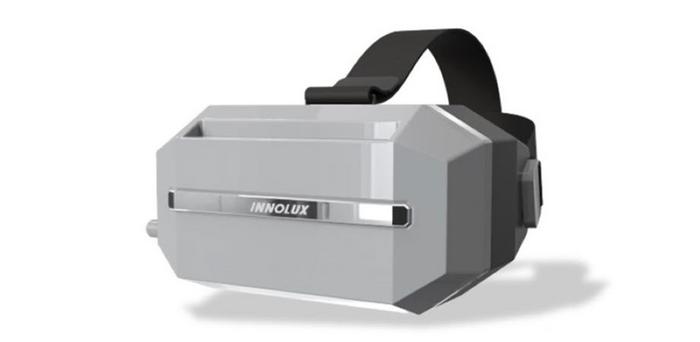Near-eye displays are emerging as the future of portable devices, providing individuals with immersive virtual reality experiences. The primary objectives in developing these displays are to create immersive experiences and ensure visual comfort. While a larger field of view (FOV) enhances immersion in virtual reality, addressing the Vergence-Accommodation-Conflict (VAC) is crucial for comfortable vision. Researchers have explored innovative approaches to tackle these challenges. A significant breakthrough in near-eye displays is the integration of light field technology. However, earlier light field displays in VR were limited by their small size and low resolution, resulting in constrained viewing angles and screen window effects. The authors of a paper published recently in the Journal of Optical Microsystems successfully overcame these limitations by utilizing a 3.1-inch 3k3k LC display. Nevertheless, the transition to high-resolution VR LCD displays presented material and process challenges that demanded attention.

Credit: The Authors doi 10.1117/1.JOM.3.4.041202.
Near-eye displays are emerging as the future of portable devices, providing individuals with immersive virtual reality experiences. The primary objectives in developing these displays are to create immersive experiences and ensure visual comfort. While a larger field of view (FOV) enhances immersion in virtual reality, addressing the Vergence-Accommodation-Conflict (VAC) is crucial for comfortable vision. Researchers have explored innovative approaches to tackle these challenges. A significant breakthrough in near-eye displays is the integration of light field technology. However, earlier light field displays in VR were limited by their small size and low resolution, resulting in constrained viewing angles and screen window effects. The authors of a paper published recently in the Journal of Optical Microsystems successfully overcame these limitations by utilizing a 3.1-inch 3k3k LC display. Nevertheless, the transition to high-resolution VR LCD displays presented material and process challenges that demanded attention.
The research highlights the importance of employing high-resolution liquid crystal displays (LCDs) to address light field resolution issues. The authors elaborate on strategies to enhance LCD resolution, including aperture and contrast ratios through specialized pixel designs and driving techniques. Additionally, the paper explores novel applications of light field technology beyond its use in VR displays, namely, in vision correction for VR systems.
“By utilizing light field technology, both vision correction and the expansion of the eyebox are achieved, thereby elevating the overall virtual reality experience and enhancing user comfort,” said Yung-Hsun Wu, one of the researchers from Innolux Corporation in Taiwan.
The paper investigates the optics of light field virtual reality, demonstrating the creation of elemental image (EI) arrays through a lens array and spatially multiplexed light field optics. This approach generates volumetric virtual images that accurately simulate proper eye accommodation, eliminating the need to address VAC.
The authors focus on a recently developed INNOLUX LCD with impressive resolution and pixel density. By introducing a 15-degree tilt between panels, the binocular FOV is expanded, ensuring exceptional angular resolution. The Modulation Transfer Function (MTF) across the image field guarantees the faithful reproduction of high-quality images.
Furthermore, the paper addresses visual correction within the realm of light field VR. It introduces a ray tracing-based graphical process called “corrected eye box mapping,” facilitating the correction of myopia, hyperopia, and astigmatism. This procedure takes into account parameters like spherical power (SPH), cylinder power (CYL), and cylinder axis (AXIS) for comprehensive visual correction.
In conclusion, the paper offers a comprehensive exploration of the development of high-resolution light field displays, encompassing advancements in display design, pixel architecture, and vision correction through the integration of light field technology. This research significantly contributes to the progression of light field displays, paving the way for enriched visual experiences within high-resolution VR systems.
Read the Gold Open Access paper by Wu et al., “Enhancing virtual reality with high-resolution light field liquid crystal display technology,” J. Opt. Microsys. 3(4) 041202 (2023) doi: 10.1117/1.JOM.3.4.041202.
Journal
Journal of Optical Microsystems
DOI
10.1117/1.JOM.3.4.041202
Article Title
Enhancing virtual reality with high-resolution light field liquid crystal display technology
Article Publication Date
13-Sep-2023




